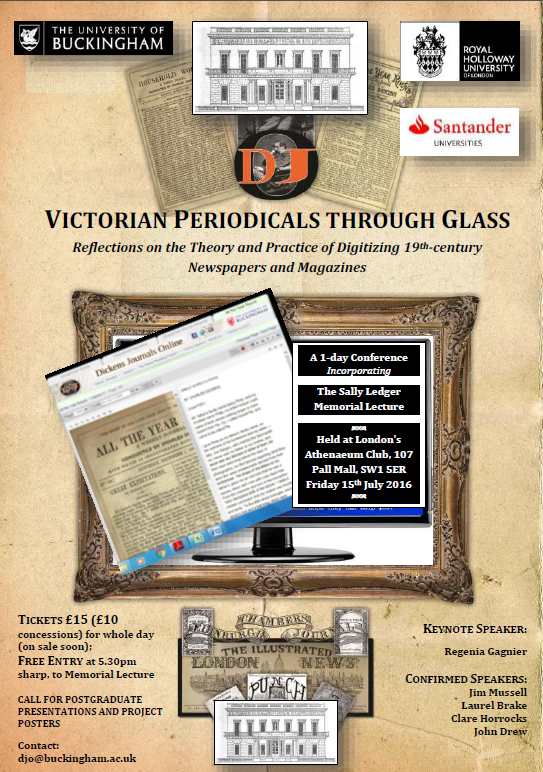19: Interdisciplinary Studies in the Long Nineteenth Century, 23 (2016)
The Arts and Feeling – Issue 23
This issue of 19 on ‘The Arts and Feeling’ explores the ways in which Victorian writers, artists, composers, sculptors, and architects imagined, conceptualized, and represented emotion. Its diverse articles respond to and extend recent interdisciplinary work on emotions, sentimentality, and the senses, locating such work within wider debates about the physiology and psychology of aesthetic perception, the historicization of aesthetic response, and the role of media specificity in the production of affect. What were the expressive codes and conventions that resonated for the Victorians? And what of the terminology used today in academic discourse to locate, recognize, and describe feeling? ‘The Arts and Feeling’ interrogates such questions in relation to canonical artworks, like John Everett Millais’s Autumn Leaves or William Holman Hunt’s The Awakening Conscience. It investigates the role of feeling in religious visual and material culture, and in John Ruskin’s vision of architecture as an emotional art; it looks at Victorian exhibition culture and the ‘hurried’ nature of aesthetic response, and at women viewing art and the gendering of perception. Vernon Lee offers us ‘historic emotion’, while George Eliot’s The Mill of the Floss makes us think about feeling hungry. Richard Dadd’s Passions series stages interaction between madness, visual culture, and theatricality; and the Aesthetic Movement provides opportunity to reflect on the relationship between art and music and how, together, they both produce and repress emotion.
Victoria Mills
Introduction: Curating Feeling
Kate Flint
Feeling, Affect, Melancholy, Loss: Millais’s Autumn Leaves and the Siege of Sebastopol
Kate Nichols
Diana or Christ?: Seeing and Feeling Doubt in Late-Victorian Visual Culture
Sophie Ratcliffe
The Trouble with Feeling Now: Thomas Woolner, Robert Browning, and the Touching Case of Constance and Arthur
Lesa Scholl
‘For the cake was so pretty’: Tactile Interventions in Taste; or, Having One’s Cake and Eating It in The Mill on the Floss
Tim Barringer
Art, Music, and the Emotions in the Aesthetic Movement
Karen Lisa Burns
The Awakening Conscience: Christian Sentiment, Salvation, and Spectatorship in Mid-Victorian Britain
Karen Stock
Richard Dadd’s Passions and the Treatment of Insanity
Katherine Wheeler
‘They cannot choose but look’: Ruskin and Emotional Architecture
Sarah Barnette
Vernon Lee’s Composition of ‘The Virgin of the Seven Daggers’: Historic Emotion and the Aesthetic Life
Meaghan Clarke
On Tempera and Temperament: Women, Art, and Feeling at the Fin de Siècle
To download the articles, see: 19 – The Arts and Feeling
. . Category: Hill Valley Telegraph . Tags: 19, C19, English, history, Interdisciplinary Studies in the Long Nineteenth Century, The Arts and Feeling, Victorian

